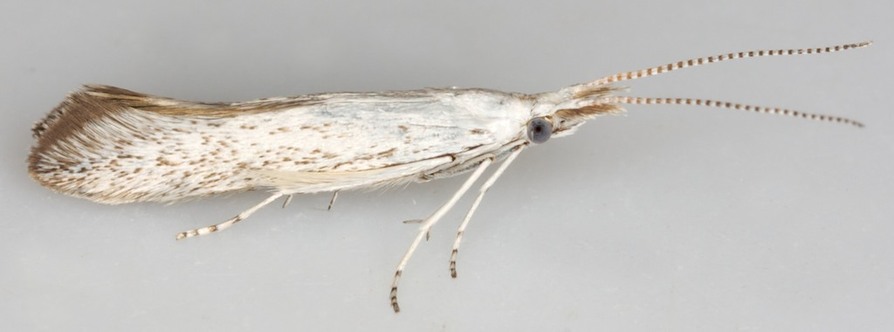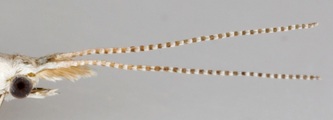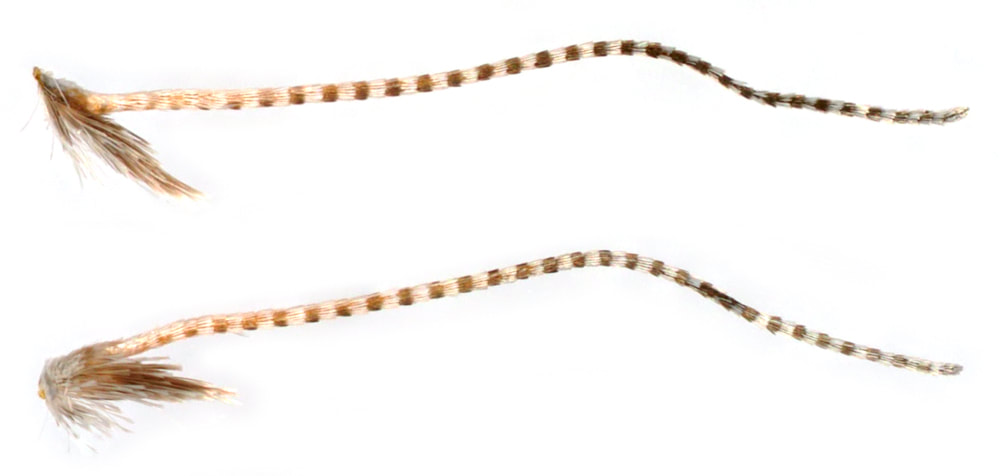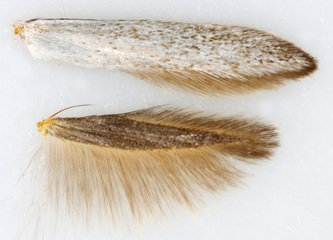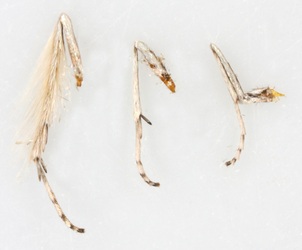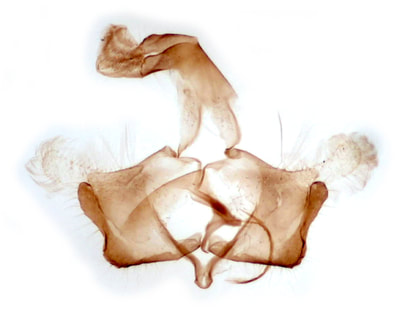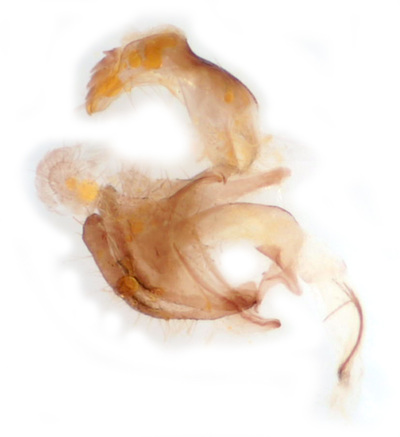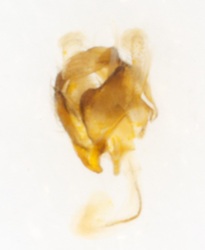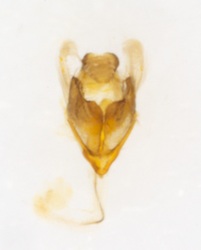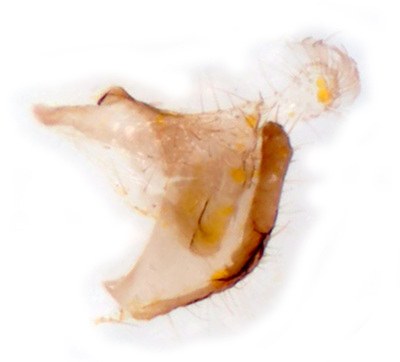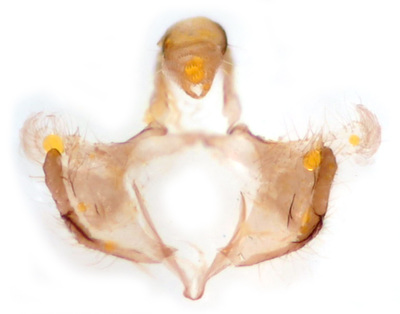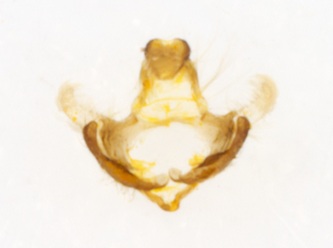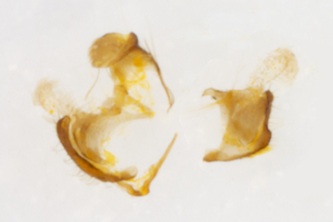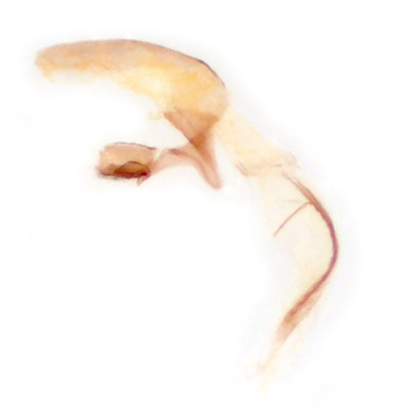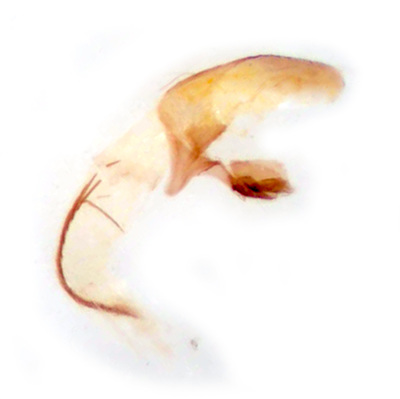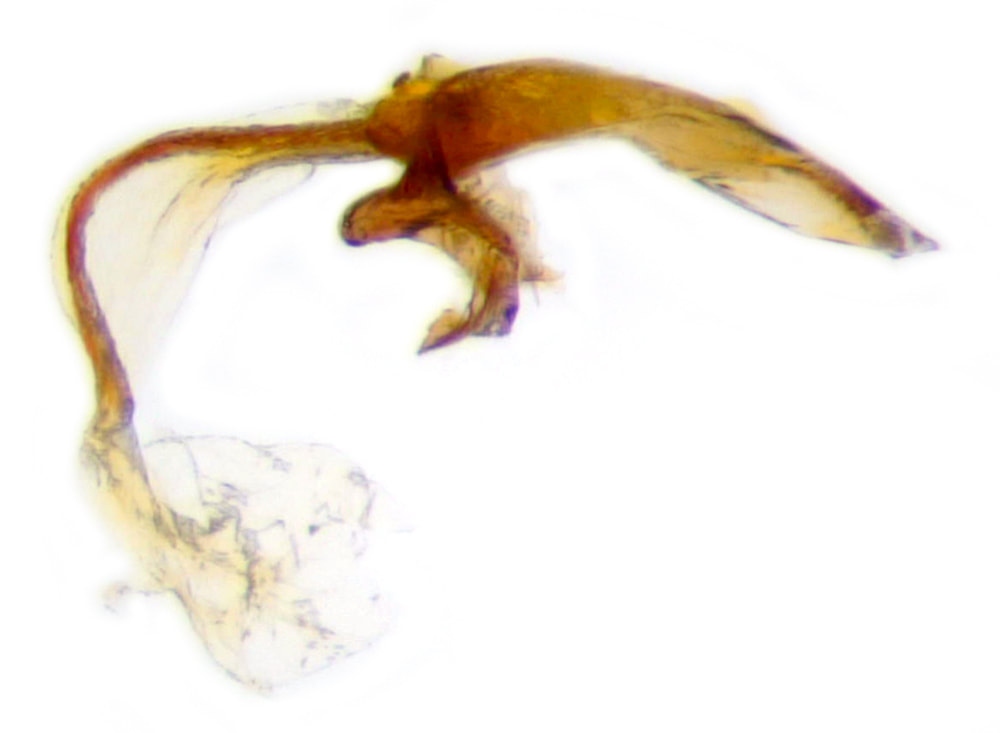37.049 Coleophora anatipennella (Pistol Case-bearer)
ws: 12.5-17.0mm; Jun-Jul; rosaceous trees esp. blackthorn (Prunus spinosa), wild cherry (Prunus avium), hawthorn (Crataegus spp), apple (Malus spp), pear (Pyrus communis), rowan (Sorbus aucuparia), also lime (Tilia spp); common in S.England.
§1 Foulness, Essex; 14/06/2009; male; fw 7.2mm
§2 Foulness, Essex; 26/06/2010; male; fw 7.1mm
§3 Foulness, Essex, 27/06/2015; male; fw 6.8mm
§4 Foulness, Essex; 24/06/2017; male; fw 7.1mm
§5 Foulness, Essex; 30/05/2020; male; fw 7.4mm
All images © Chris Lewis
§2 Foulness, Essex; 26/06/2010; male; fw 7.1mm
§3 Foulness, Essex, 27/06/2015; male; fw 6.8mm
§4 Foulness, Essex; 24/06/2017; male; fw 7.1mm
§5 Foulness, Essex; 30/05/2020; male; fw 7.4mm
All images © Chris Lewis
Page published March 2011 (§1&2) | §3 added 09/02/2016 | 2 images labelled as §2 removed (wrong individual and misidentified) |
§4 added 22/10/2017 | §5 added 10/06/2020
§4 added 22/10/2017 | §5 added 10/06/2020
